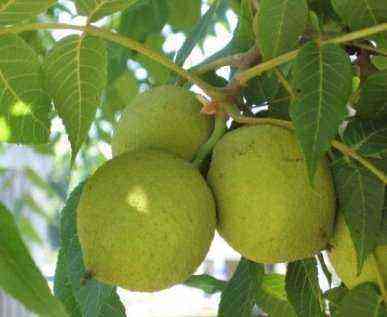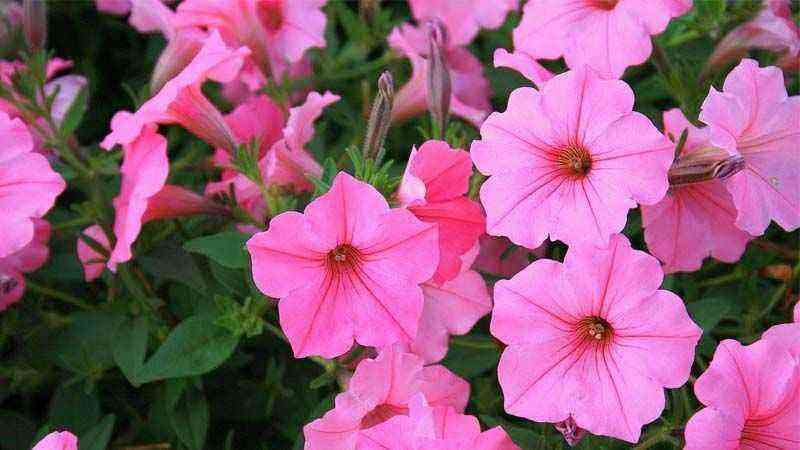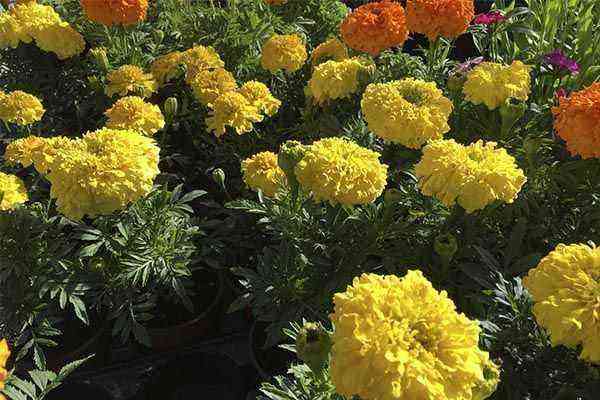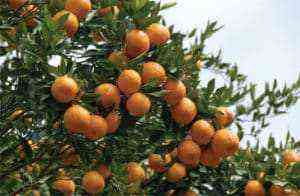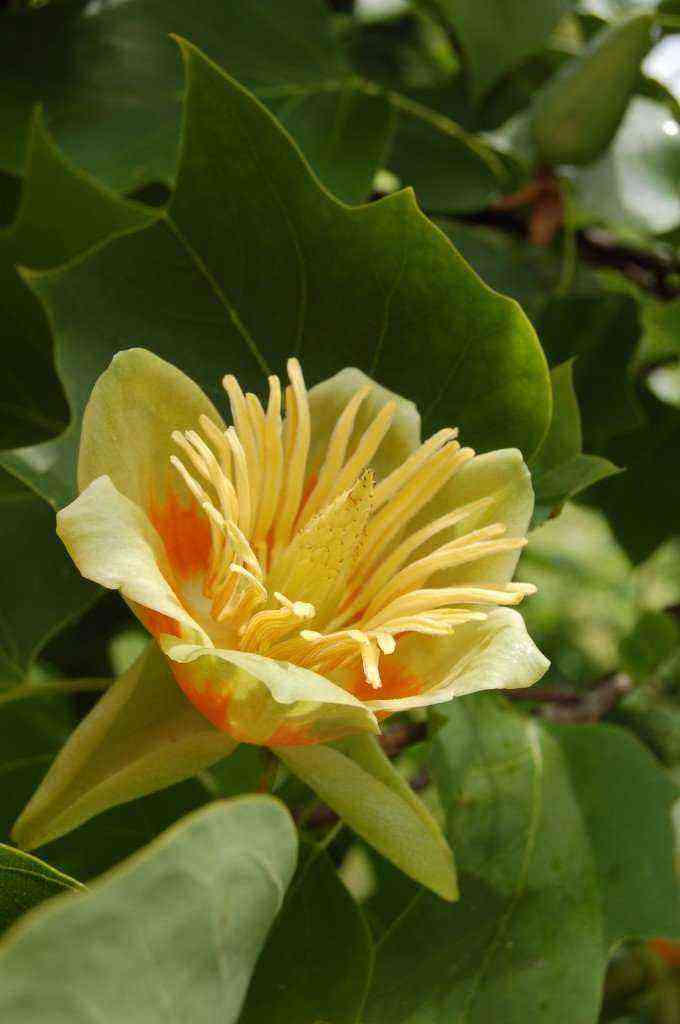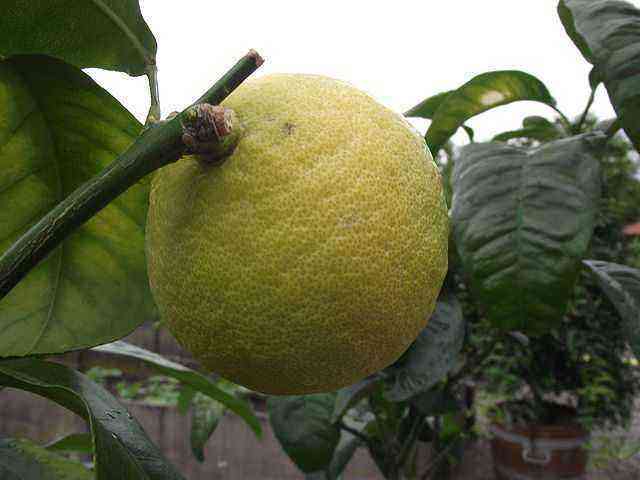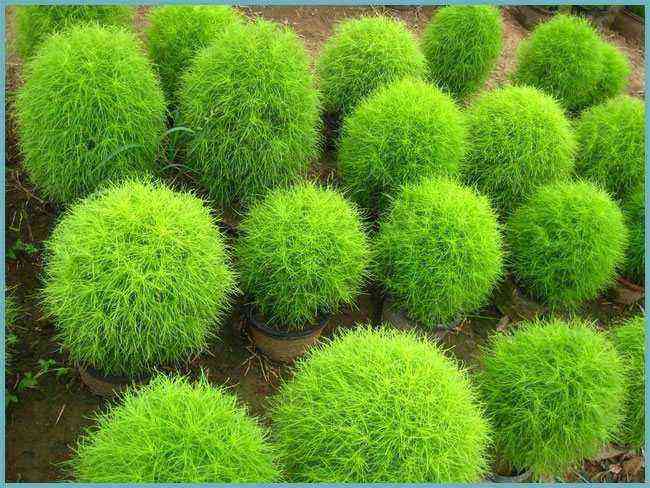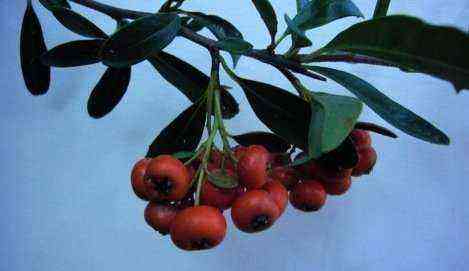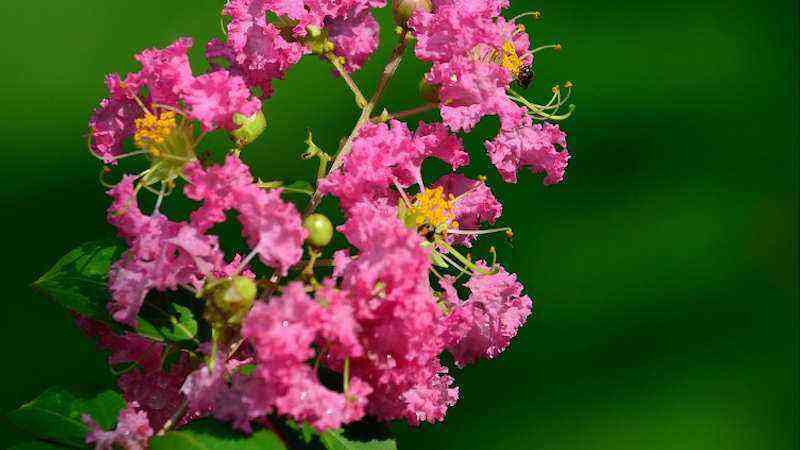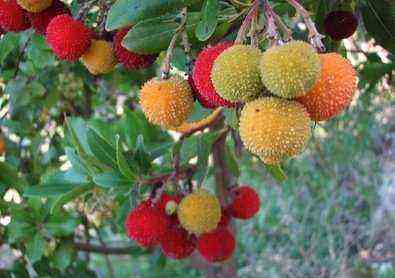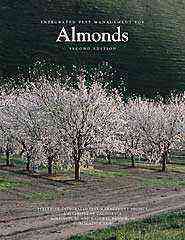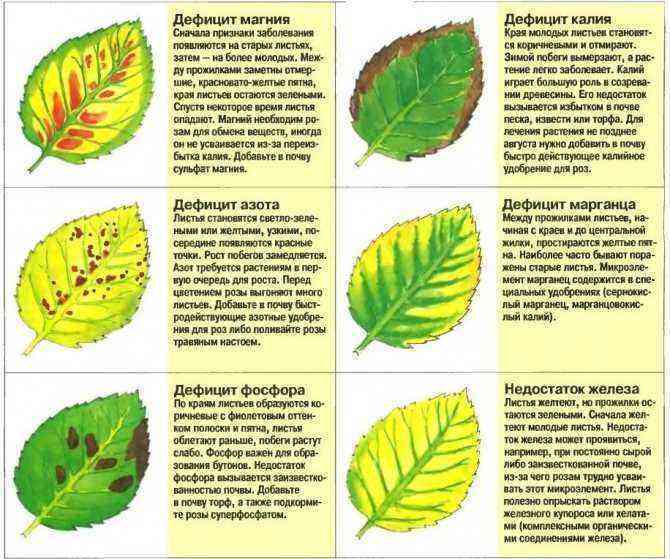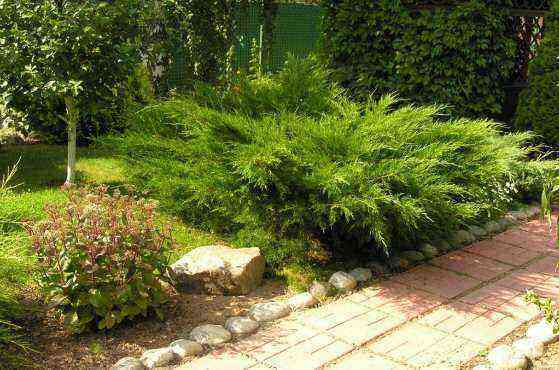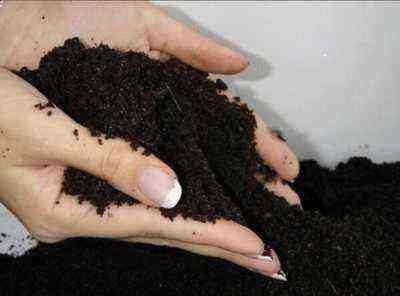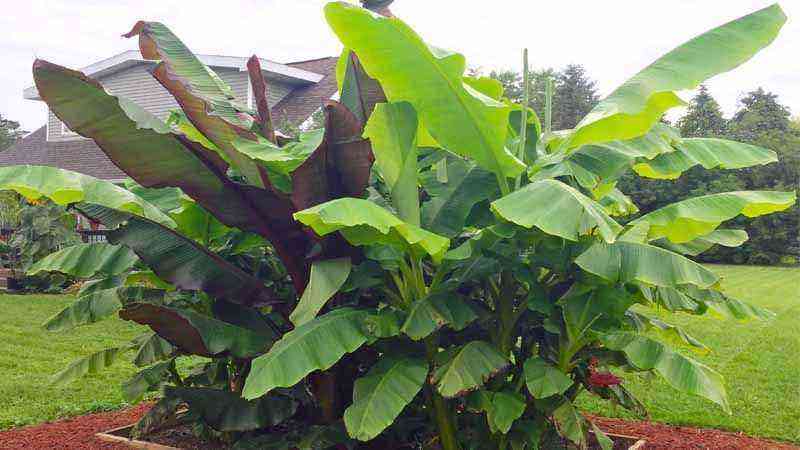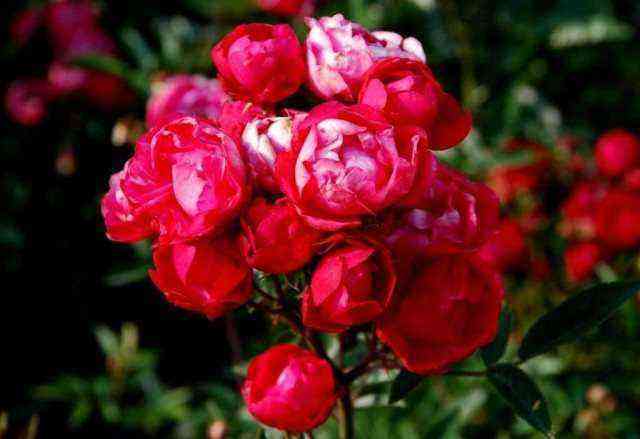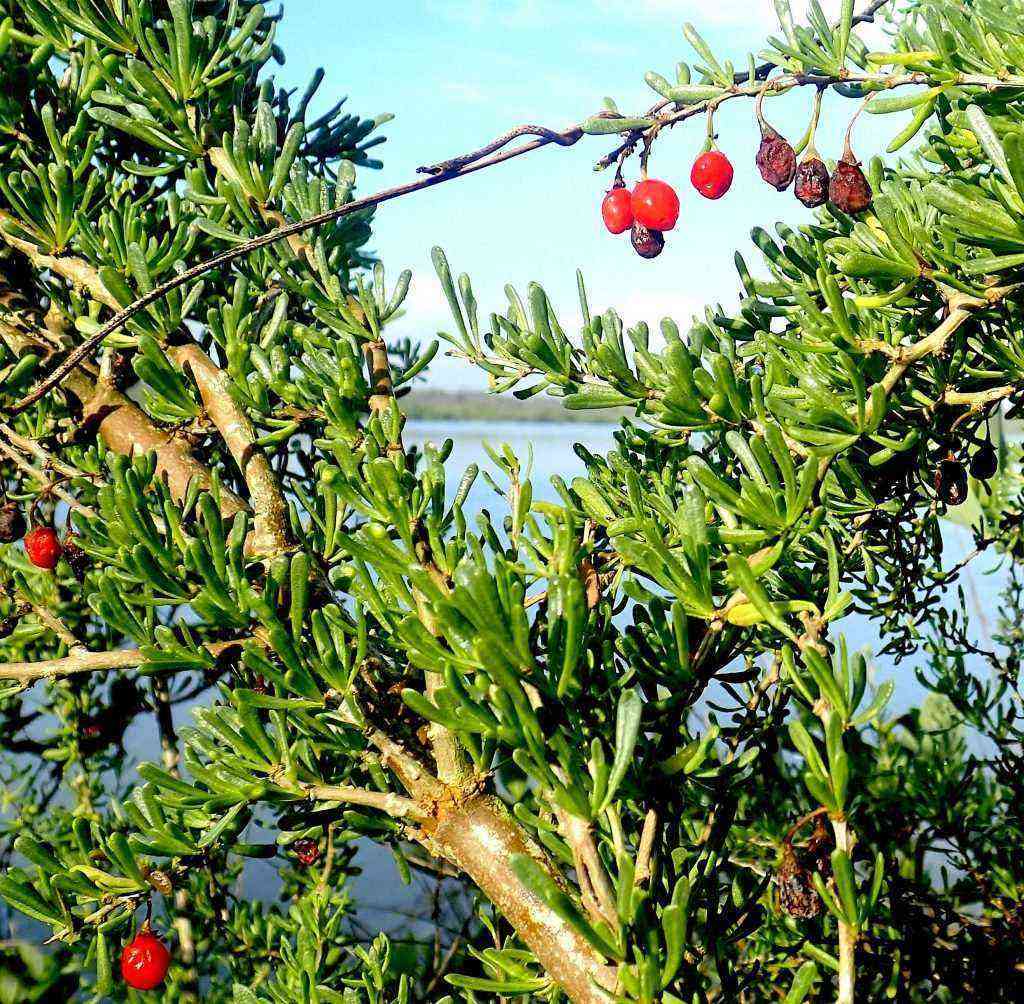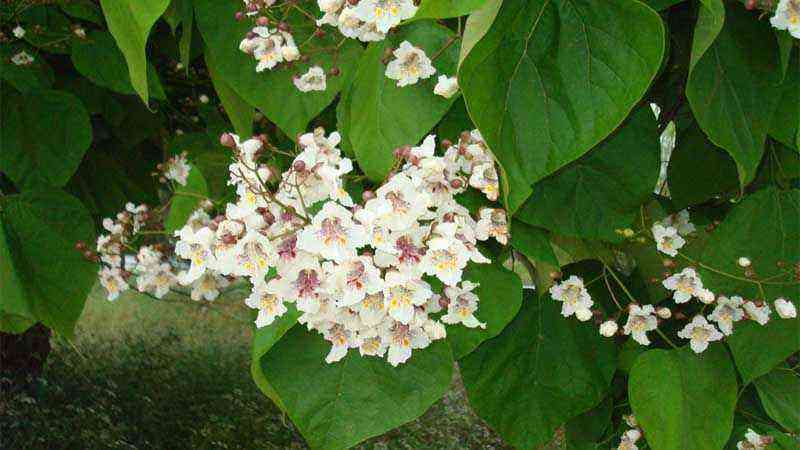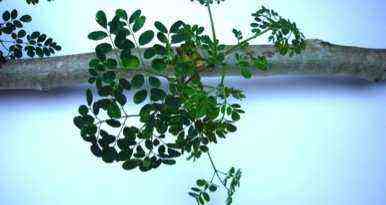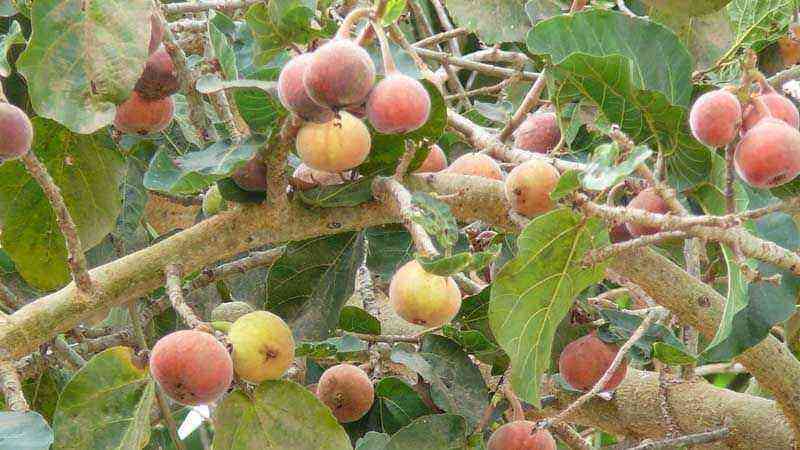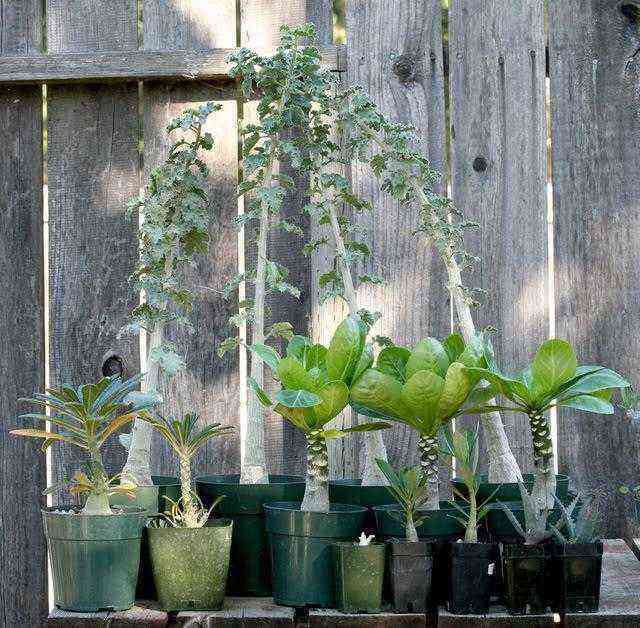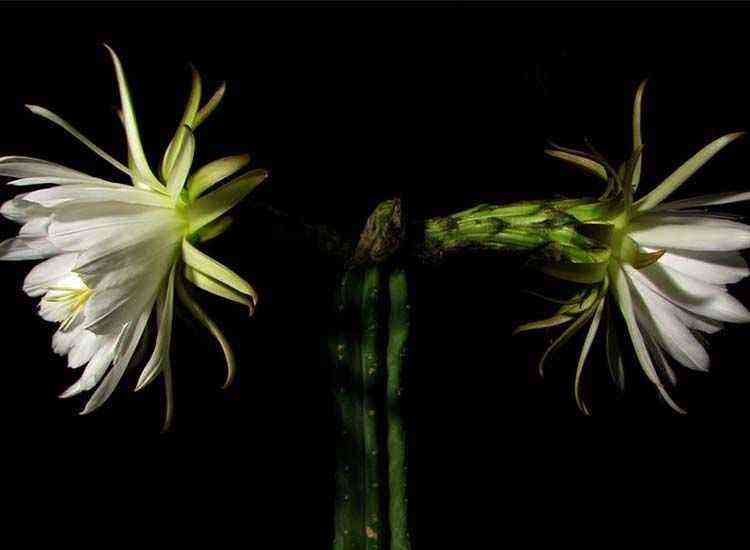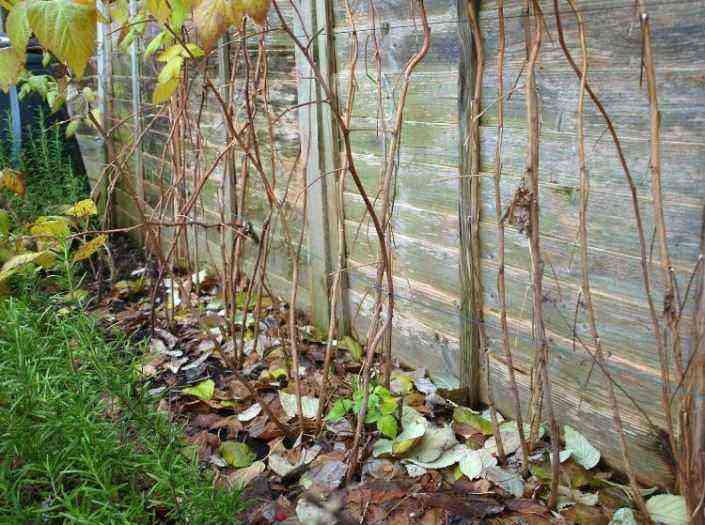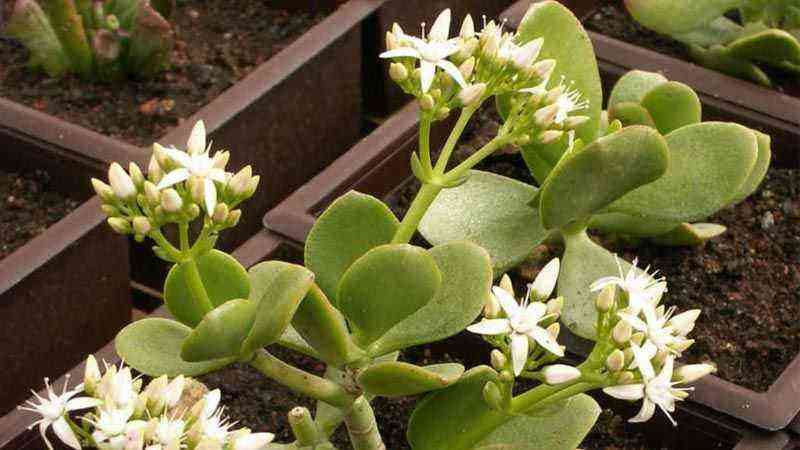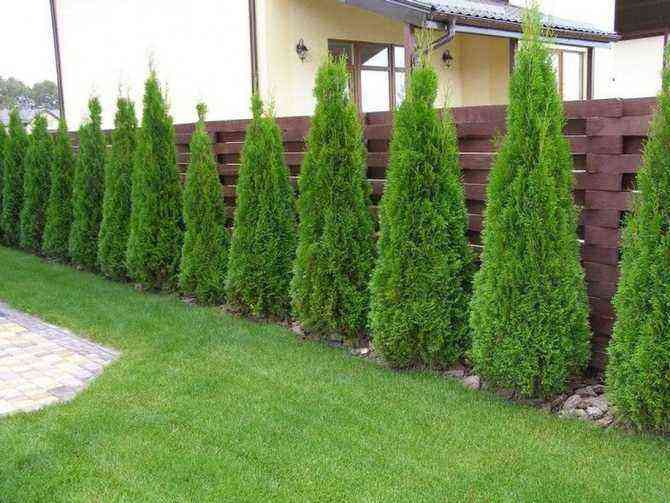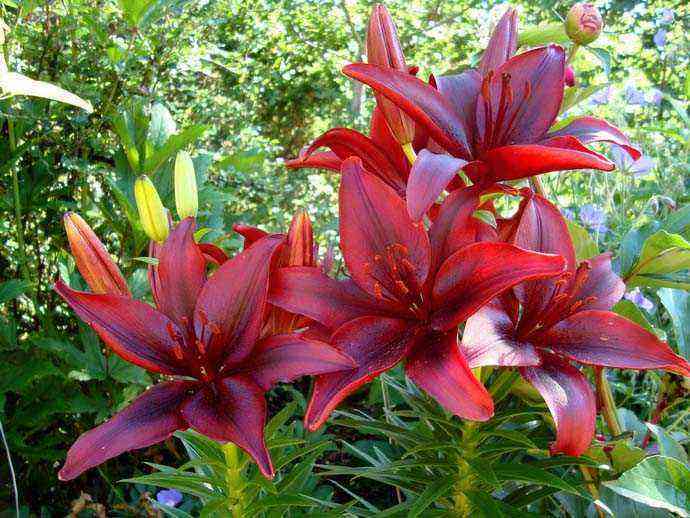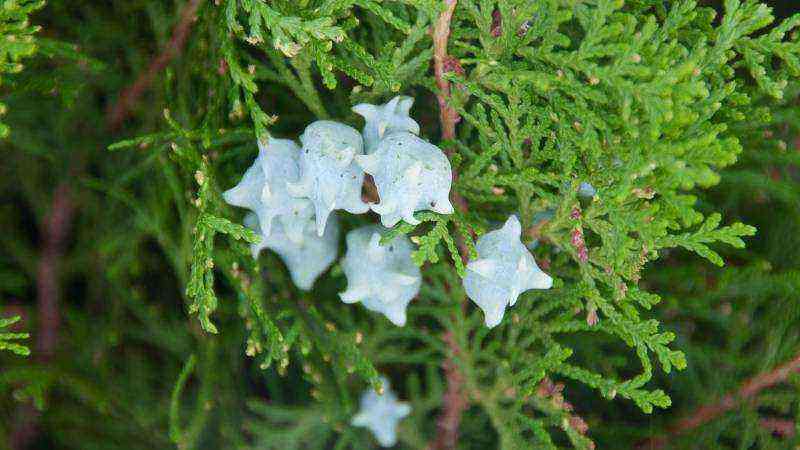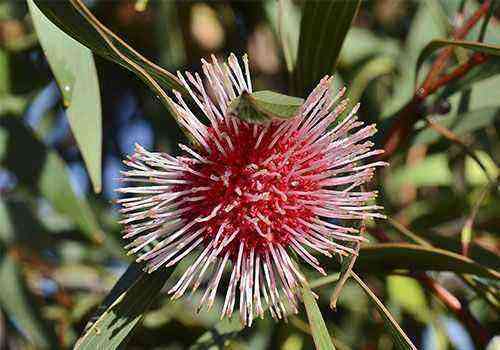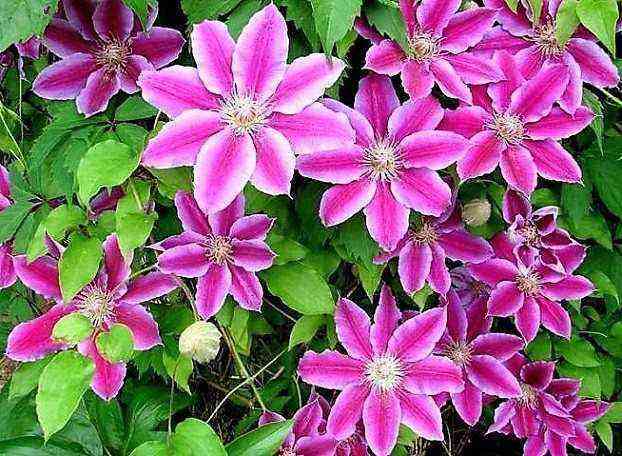Geranium is a very common plant in balconies and gardens, forming as a whole a range of colors that adorn the terraces of buildings. Its explosive and continuous flowering during the months of good temperatures make your balcony or patio a real painting. In addition, its reproduction is really simple. So that your plants are in full condition, use our information and as they tell us in Hogarus y geranium care.
The most resistant, the easiest to grow, the most famous
Is there a flower in the world as popular as that of geraniums? Surely yes, many, but the geranium occupies one of the top ten of the balcony plants. It has everything or almost everything. Although it is true that during the cold seasons it does not give us more than its green foliage, it saves it all for spring and summer!
Geranium cultivation is undoubtedly the king of balconies or it was for a long time. Now, urban gardens they begin to occupy the planters and pots that have always been destined for ornamental plants and flowers. We could say that there is a certain rivalry between tomatoes and geraniums. This is not bad.
It is true that horticultural crops are not particularly attractive from an ornamental point of view, but if we have enough balcony and we are organized, there is no reason to substitute one for the other. We can cultivate a little garden and a little ornamental, balancing the balance between crops that can be used for us and crops that make our eyes happy.
Here we tell you how to take care of geraniums, but… consider combining them with a garden on your balcony!
+ Tips for avoid rookie mistakes in a balcony or terrace garden.
+ If you still do not feel confident enough to have lettuce, tomatoes and be very aware of them … you can always start with aromatic!
Well, once you decide what you want to plant, do not forget about geraniums, for that we are going to talk about their cultivation and care below.
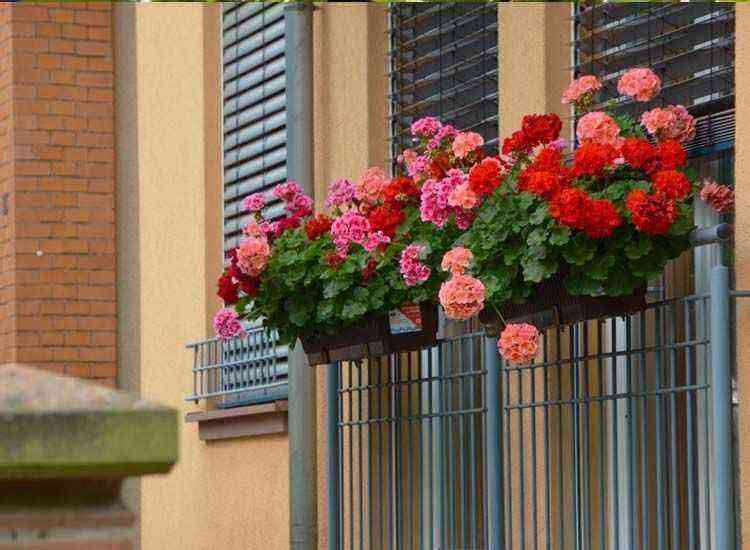

Light, temperature and soil requirements. Caring for geraniums
Geranium is a plant that needs demanding amounts of light. If you have your geranium on the balcony, you will surely have no problems. With regard to temperature, the ideal is between 18-20ºC.
It tienes a good substrate mixed with the earth you will get a slightly acidic pH, which are the optimal growing conditions in geranium care. This pH can be achieved with compost with a peat base for example. If you still don’t know how to get your own compost, here! we tell you how. Of course, you will not be able to do it at home ;-).
Subscriber
Geranium is a bit demanding in terms of subscriber. A nitrogen deficiency will be revealed with a progressive yellowing of its leaves and a general decay. For the care of geraniums, the most indicated are liquid fertilizers containing nitrogen, phosphorus and potassium.
There are a large number of products on the market that carry these three components. Dosage varies with product. Normally it is added either by mixing the powdered fertilizer with the irrigation water or the powder is applied directly in the required quantities on the land, activating it the next time you water.
We can’t argue with how convenient ready-made liquid fertilizers are for geraniums and the like. However, compost is still an option to consider. We know that it is a substrate, but a well made and mature compost has a great amount of nutrients for geraniums.


Watering the geranium
Watering needs in geranium care depend on the ambient temperature. In the case of the difference between summer or winter, it is double the application of water. Make sure the soil is moist but without excess water.
A recommended application can be around 200-250 ml of water per day in summer or very hot areas and half in winter (100-150 ml). Take well less than half a glass of water and it will be the daily measure of water.
But you don’t have to water every day, it means that you can do it every 2 or 3 days with the accumulated amount (3 days, 300 ml). It all depends on the humidity of the earth, if it is in the field capacity (the earth is saturated with water) do not add more, it can cause rot in the roots.
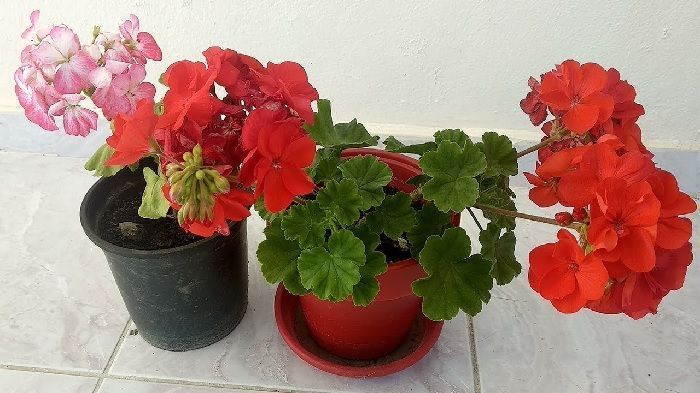

Pruning
Geranium generally could not. When caring for geraniums, you should remove leaves that are drying or necrotizing, because it can be a source of disease. Take care to remove parts of the geranium that are drying and you will not have to prune anything else.
In the event that in young plants you want to stimulate vegetative growth, you can cut the vegetative apex to stimulate lateral growth.
Geranium multiplication
If a geranium plant is not enough for you, it’s time for you to multiply it. The way to multiply this plant is through cuttings. Select the sturdiest cuttings of the geranium (with 3 or 4 leaves) with a height of 10 cm or more. The cut should be made close to a knot, as it will stimulate root growth and the roots of the plant more easily.
How is a “home” method you will be limited to the following dates. In summer and early autumn (August 15, October 15) and from the beginning of February to mid-March.
The growth of the geranium will be done at a temperature between 16 and 18ºC, with a dark environment, making sure that the soil remains moist. good temperature. You can promote the growth of the cutting by covering the pot with a plastic (with holes to breathe) as a greenhouse. There are those who carry out the transplant after 15 days, in our case we would recommend holding out a little longer, around 30 days.
Geranium pests and diseases
In the care of geraniums we can find the following pests:
Geranium whitefly (Trialeurodes vaporiorum): Whitefly bites will damage the leaves. Also, because they are leaves with a deep green, you will immediately notice the bites. You will also see some cottony white dots on the underside of the leaves, which are the larvae of the whitefly. You can manually remove these larvae or apply insecticide.
Always have at hand neem oil to control this type of pest.
Geraniums drill (Cacyreus marshalli): It is a lepidopteran whose caterpillar is introduced into the flower bud, feeding on the plant tissue. The geranium does not bloom, responds with a general decline and can die. In this case you should treat with insecticide against drills. If you have a few plants with which to buy a broad spectrum insecticide indicated for geraniums is enough.
Red spider (Tetranychus urticae): few crops do not suffer from spider mite activity. Small red dots form on the leaves. If you are late, the spider mite will weave a web around the plant tissues. It is a mite, and therefore you will have to deal with acaricides. Repeat the application every 2-3 weeks according to the evolution of the pest.
Remember you have a long list of green solutions to fight against pests on your plants.


In the care of geraniums we can find the following diseases:
Roya del geranium (Puccinia pelargonii-zonalis): It is a specific rust of the geranium. White or yellow circular spots begin to appear on the geranium leaves. The evolution of the disease turns these spots to brown colors or necrosis. The treatment is carried out with polyvalent fungicides on the entire plant. In addition, preventive actions consist of aerating the plant, exposing it to solar conditions and not wetting the leaves.
Botrytis or gray rot (Botrytis cinerea): localized spots appear that develop rapidly depending on the surrounding conditions, in case they are humid. The softening of the tissues occurs, with gray or bluish spots. Treat Botrytis with fungicides.
Alternaria (Alternaria alternata): watery spots appear on the geranium, as well as blisters on the underside of old leaves. If the disease spreads, these spots appear on the upper part of the leaf. Treat with multipurpose fungicides.
